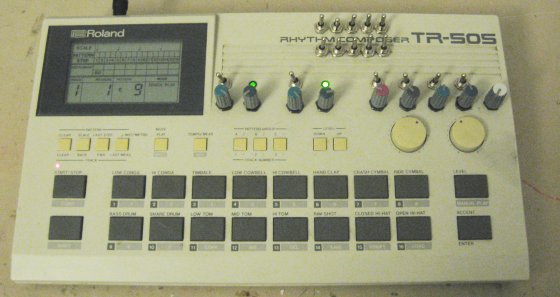Boston Music Hack Day, year 2 Saturday, October 16th-17th, 2010
You can see who won prizes on the Exertion Music photoblog. And if you want to see pictures from the previous year ...

~ ~ Electric Eel Workshop Instructions ~ ~
Synthesize or bodge these items into a playable, carry-able electronic musical instrument, the Electric Eel!
For a general reference to putting together an Electric Eel, take a look at this infoposter:

http://exertion.pbworks.com/f/ExerGuit02Guts02.png
In the workshop, you will be given access to a repository of the modules listed below. The first sounds will "appear" quickly, but put some thought into what kind of speaker system you would like to use to create the sound you want. Also, consider how you might carry and hold the instrument...
1) Synthesizer Module
- You can either use the Atmega32-based synthesizers provided at the workshop, or you may connect the generator platform to one of your pre-existing electronic instruments. see the FAQ on connecting generators to arbitrary electronic instruments below!
2) Electric Eel Platform Module - has a rectifier, regulator, and amplifier in it. These transform the generator into an audio source that rises and falls with your movement.
3) Generator Module - Forget pedaling on a bicycle. Electric Eels use a Slider generator, Snare generator, or Bowed-stick generator.
4) Knob Module - has 6 knobs to control the onboard synthesizer, such as LFO Depth & Speed, Decay, FM Modulation Depth & Decay, etc.
5) Keyboard Module - optional: single or dual 4-key - If you're making a percussion instrument, you don't need this keyboard.
6) Instrument Body Hardware -
Housings:
Dual conic section
Numerous speakers
Screws and bolts
Connect everything together to form a playable, carry-able electronic musical instrument!
Use speaker wire, bolts, drills, gaff tape, glue, stickers printed on 8.5" x 11" paper, etc (bring your favorite graphic files)
When you are done, you will either have a percussion instrument, or a melodic instrument.
FAQ by Noah and Justin
FAQ: Can I use instrument X with the Electric Eel Platform?
To answer this question, we considered the humble Roland TR-505 and its stolid Latino cousin, the Roland TR-626.


We wanted to know whether it would be possible to power the Roland TR-505 with the Exertion Music Platform:
TIP: So many people modify their TR-505s, it is easier to find a picture of one with mods on google than without.
So these are the questions we pondered:
FAQ: How much power do "Electric Eel" generators make?
FAQ: How much do the TR-505 and TR-626 consume?
suprisingly, the TR-626 claims only 20mA on its label! at 9V, that's ~180mW. not bad. but remember, the signal it produces is completely unamplified...
FAQ: Is there a regulator inside the TR-626? does the device really require 9VDC in order to function?
FAQ: How loud does that go?
(article on volume related to sound power and energy from MIT professor)
FAQ: What would this look like?
<block diagram.jpg>
FAQ: How long does the power last?
FAQ: What other issues are there?
Comments (0)
You don't have permission to comment on this page.